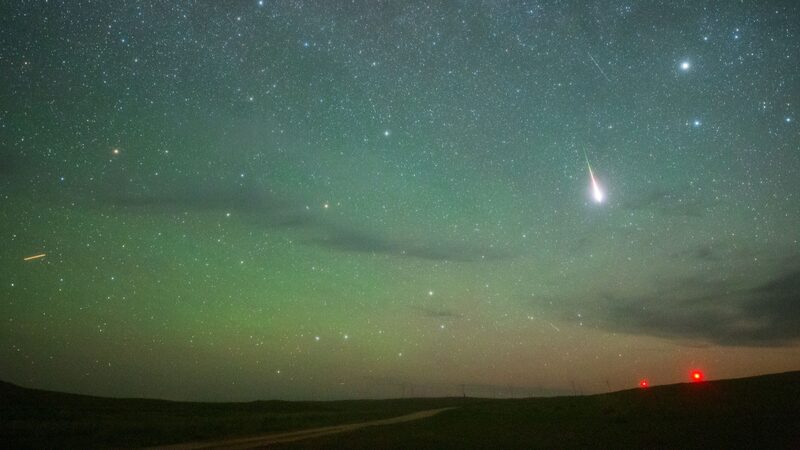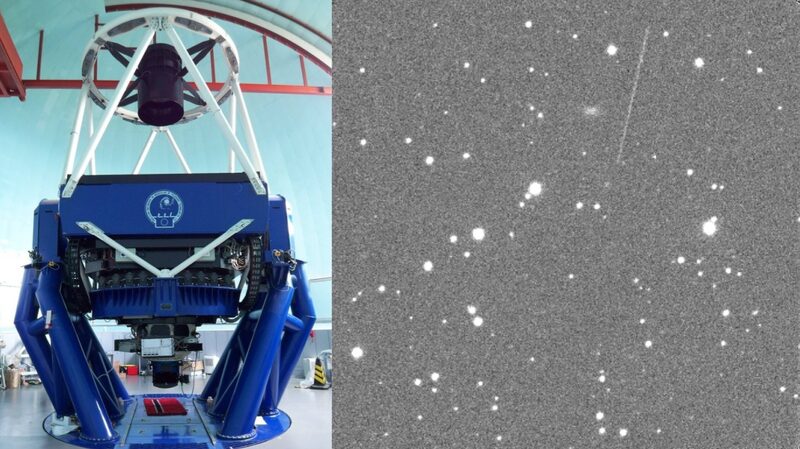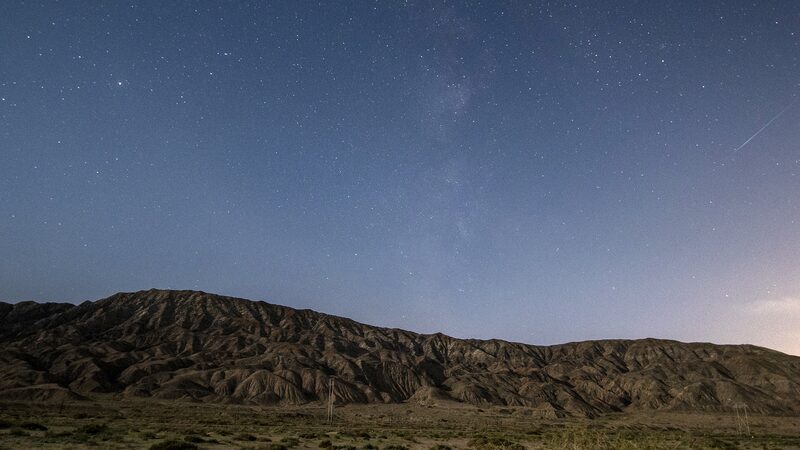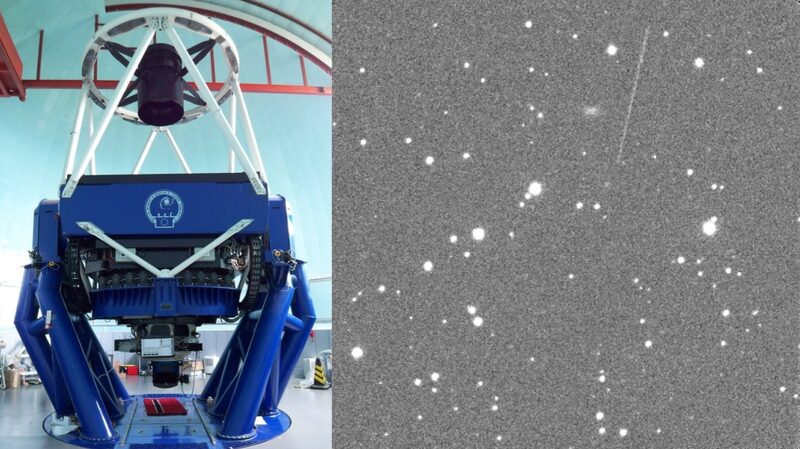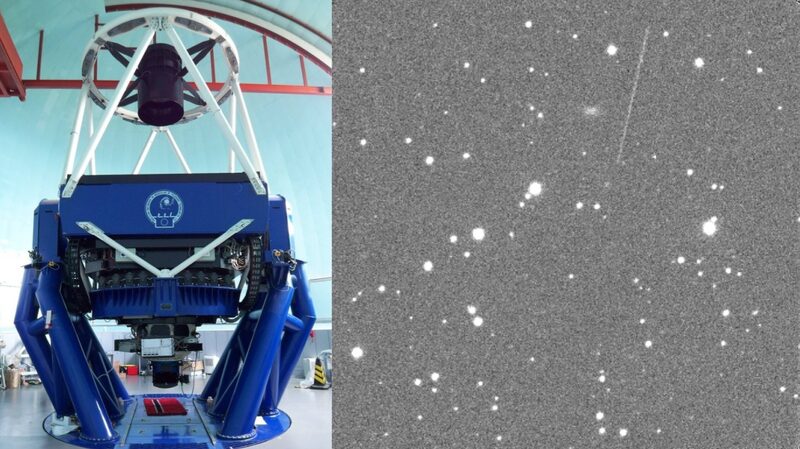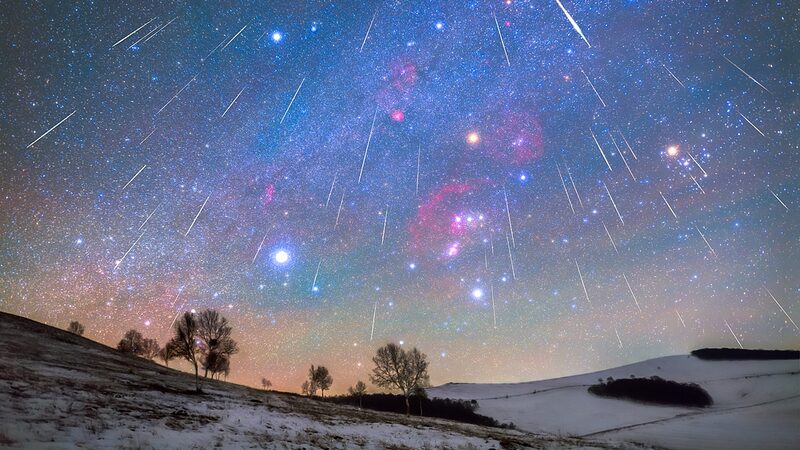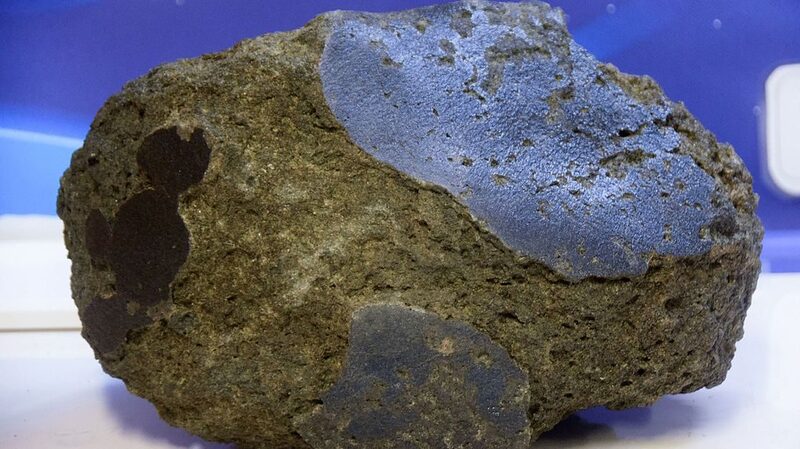Stargazers and astronomy enthusiasts, mark your calendars! This Friday, the night sky will be illuminated by one of the most anticipated celestial events of the year—the Geminid meteor shower.
The Geminids, renowned for their bright and numerous shooting stars, are among the few major meteor showers originating from asteroids. This annual spectacle occurs when Earth passes through the debris trail of the asteroid 3200 Phaethon.
“Each year, the Geminid meteor shower is active roughly from December 4 to 20, with a zenith hourly rate generally stable around 150 during its peak,” explained Wang Kechao from the Purple Mountain Observatory at the Chinese Academy of Sciences.
“It is often regarded as the most consistent meteor shower of the year, never disappointing astronomy enthusiasts who wait for it. This is how it got its nickname as ‘the most reliable meteor shower,'” Wang added.
The Geminids are visible across the globe due to their nearly 24-hour broad maximum. However, this year’s peak occurs under a nearly full moon, which may reduce visibility.
How to Best View the Geminids
No special equipment is needed to enjoy this cosmic display. The best viewing times are typically between midnight and the pre-dawn hours. For optimal viewing, find a dark area away from city lights and look up at the night sky.
Meteor showers appear brightest on cloudless nights when the moon is least luminous. Despite the moonlight this year, the Geminids’ brightness makes them worth watching.
What Are Meteor Showers?
Meteor showers occur when Earth passes through streams of cosmic debris left by comets or asteroids. As these small rocks enter Earth’s atmosphere, they burn up due to friction with the air, creating bright streaks across the sky known as “shooting stars.”
Unlike most meteor showers that originate from comets, the Geminids are unique as they come from an asteroid, making their meteors denser and more visible.
Don’t miss this chance to witness one of the year’s most dazzling celestial events. And mark your calendars for the Ursid meteor shower, which is expected to peak around December 22.
Reference(s):
Save the date! Spectacular Geminid meteor shower to light up the sky
cgtn.com
